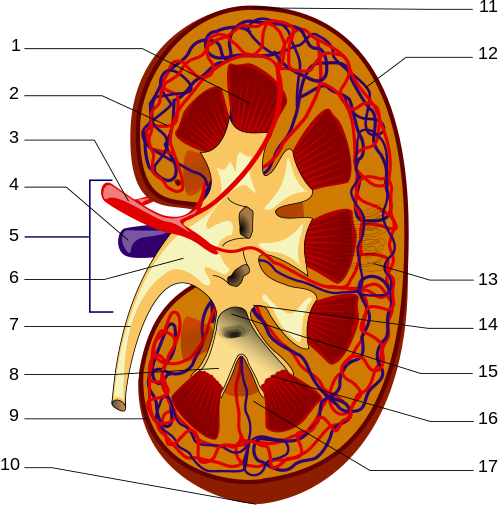
Photo from academic.microsoft.com
T here continues to be a disparity between the number of kidneys available for transplantation and the number of patients with end-stage kidney disease. Although kidney transplantation remains the best… Click to show full abstract
T here continues to be a disparity between the number of kidneys available for transplantation and the number of patients with end-stage kidney disease. Although kidney transplantation remains the best treatment option for most patients with end-stage kidney disease, the current demand still outpaces organ supply. Because of the mortality associated with remaining on the waitlist, higher-risk kidneys, such as those from donors with acute kidney injury, are increasingly being considered for transplantation. Such kidneys are usually used in recipients with shorter post-transplant life expectancies. Historically, kidney allocation systems have attempted to optimize organ use by incorporating donor factors in prediction models and risk scores. This has
Journal Title: Kidney International Reports
Year Published: 2021
Link to full text (if available)
Share on Social Media: Sign Up to like & get
recommendations!